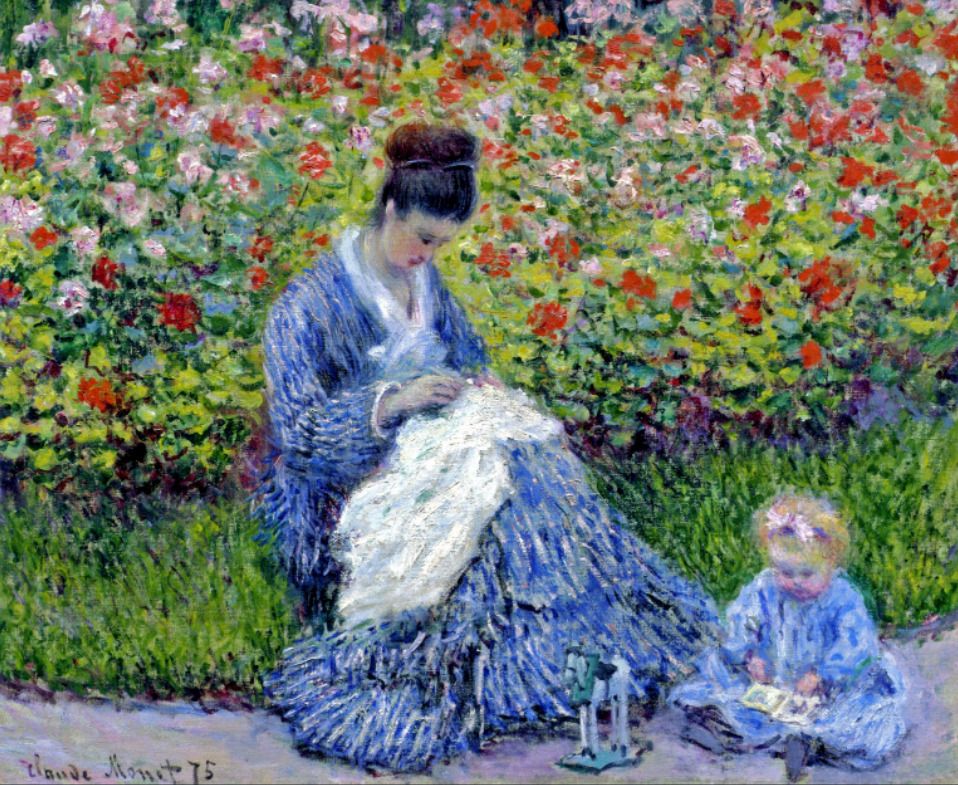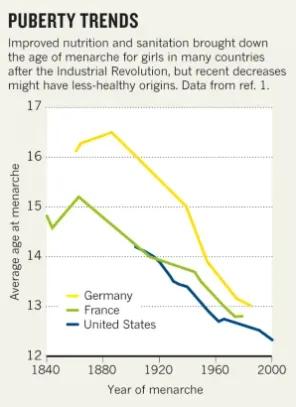Written by Dinika Mahtani and Sophia Bendz
Menopause – for many, it sounds like the end
But, in VC, we’re just at the beginning. Read our first piece on women’s health analyzing opportunities around fertility. Taboos are pervasive across a woman’s entire...

Read our first piece on women’s health analyzing opportunities around fertility.
Taboos are pervasive across a woman’s entire reproductive journey — from getting her first period, navigating her fertility journey, to getting her last period. In our research for this piece, there was a media coverage desert when searching for meaningful, fact-based content around menopause, peri-menopause, and the resulting changes in a women’s body.
Yet, time is of the essence — this period (no pun intended) in a woman’s life is starting earlier and earlier, due to diet and adverse environmental trends pulling forward the entire reproductive journey.

The basics are: there’s a decline of a woman’s key fertility hormones estrogen and progesterone, typically in her 40s. This results in sometimes dramatic changes in the body, similar to the changes women experience when going through puberty. On average, 38% of women across the world suffer from a chronic disease, accounting for one-third of female mortality. The incidence of chronic diseases increases drastically in women above the age of 64 and a large proportion of elderly women have limited options for care, often with no assistance or support from caregivers.
These changes include vaginal dryness, incontinence (due to the weakening of the muscles that support the bladder and the urethra), uterine bleeding and ‘hot flashes’, which can include sweating, chills, confusion, and the like. These symptoms can occur at all times of the day — while at work or in meetings. The early onset of menopause has been linked to Alzheimers disease and heart disease, similarly due to the reduction of estrogen.
The oldest millennial is 41 this year and, in the coming years, 100% of the women in this digitized generation are going to experience the journey into menopause. According to research done by the Female Founders Fund, responding to the needs of women experiencing menopause is a $600 billion global opportunity for companies, based on an average $2,000 a year that the 1 billion women expected to be in menopause worldwide by 2025 spend on prescriptions, doctor visits, treatments, devices, and products to address related symptoms.
“Nevertheless, the funding environment is bleak.”
Nevertheless, the funding environment is bleak. Digital female-centric primary and preventive care and fertility support were top-funded women’s health segments in 2021, drawing $668 million and $330 million in investments, respectively, with menopause and research far down the list.
Women today are struggling to understand how to even approach this period — should we try to prolong our youth, by engaging in hormone replacement therapy? Should we go down the homoeopathic route to reduce the intensity of the inevitable issues? How do we solve the lack of medical support around the issue?
Gap in medical research
If women’s health accounts for only 4% of the overall R&D funding for healthcare products and services, menopause is a small fraction of that. The biggest funding gap, and gaping opportunity in this space, is in medical research. Reading academic papers, the issues are clear. For example, “uncertainty” still remains around the impact of hormone replacement on women’s health: Zhang et al. (2021), in a thorough literature review, found the quality of much of the research was “moderate to poor.” The links between menopause and resulting cognitive and cardiovascular diseases are similarly under-researched. Science-based solutions are being devised by VC backed business, as you will see below — rather than researchers and the medical community.
This is slowly changing in some countries, with the UK government launching a menopause taskforce to bring these issues to light. In digging into the “why” menopause is so underfunded, a hypothesis from Dr. Rebecca Love at Vira Health was that menopause is largely seen as a quality of life issue rather than a treatable disease, which contributes to low funding.
As we continue to think about venture-backed opportunities in the space, the above was a glaring flag that needed to be mentioned, as it impacts the quality of data available for medical professionals to impact care options in the space.
Employer-based care
Despite the research funding gap, we believe that the next iteration of healthcare offerings for companies focusing on attracting and retaining female employees will include menopause support.
Between 2002 to 2018, the employment rate of women ages 55–63 in Europe grew faster than that of older men (23.6% compared to 17.2% respectively), implying that menopause often hits women at the peak of their careers. We spoke to Andrea Berchowitz, founder & CEO of Vira Health, who was “confident that there’s a proven case today around the result of not providing this support — particularly around employee retention and absenteeism.” Andrea reiterated that high quality menopause care needs to be highly personalised, which is what Stella, Vira’s menopause treatment app does.
Hormonal support
Ultimately, the journey to menopause is driven by hormonal changes. In this regard, we are bullish on the platforms and companies making hormonal testing as easy as ordering from your favourite food delivery app. Hormona is one of those companies, along with Thriva and Berlin-based inne.io. Look out for a new company Future Woman — looking to bring a new level of educational awareness about our bodies to the market. These businesses are starting as consumer plays, and looking to turn testing our hormones as easy as doing a COVID test.
There’s also an emerging trend in the food and supplements category, targeting this demographic of women — like MPowder, founded by Rebekah Brown.
Community-driven intervention
Another missing piece which has seen progress in the past 2 years is around community building. Peanut was the first platform to bring meaningful conversation and connections in the space. Elektra is another. Maren Bannon’s, an early investor in Elektra, view is that “the menopause market is massive, yet it is still relatively nascent and underserved.”
“Startups focused on menopause aren’t just building companies,” she says. “They also need to educate consumers and activate community around a ‘new’ market. This is exactly Elektra’s approach and why we got excited about investing. Distribution partnerships, insurance reimbursement and employee benefits have further potential to unlock the market longer term.”
She continues, “In Europe, consumers are less accustomed to paying for healthcare and employers typically offer less health benefits. I think there is a big opportunity for menopause startups in Europe, but it will likely require a different go to market approach with health systems playing a bigger role.”
This era of a woman’s life is starting to slowly get the light and attention it needs — capital needs to follow.
This year, we were proud to team up with WASH United and Menstrual Health Day on May 28 to bring even greater attention to women’s health. We were thrilled to see thousands of organizations having joined the cause as well.
At Cherry, we firmly believe that solutions to support a woman’s health journey can’t be solved by governments alone, private companies alone, or technology alone. We have to work together and inform each other.
